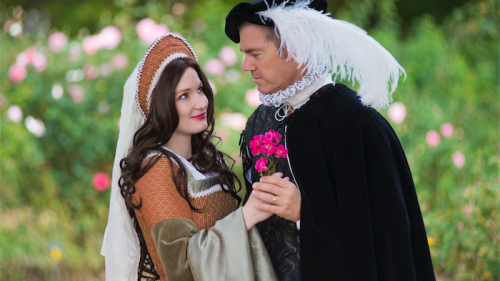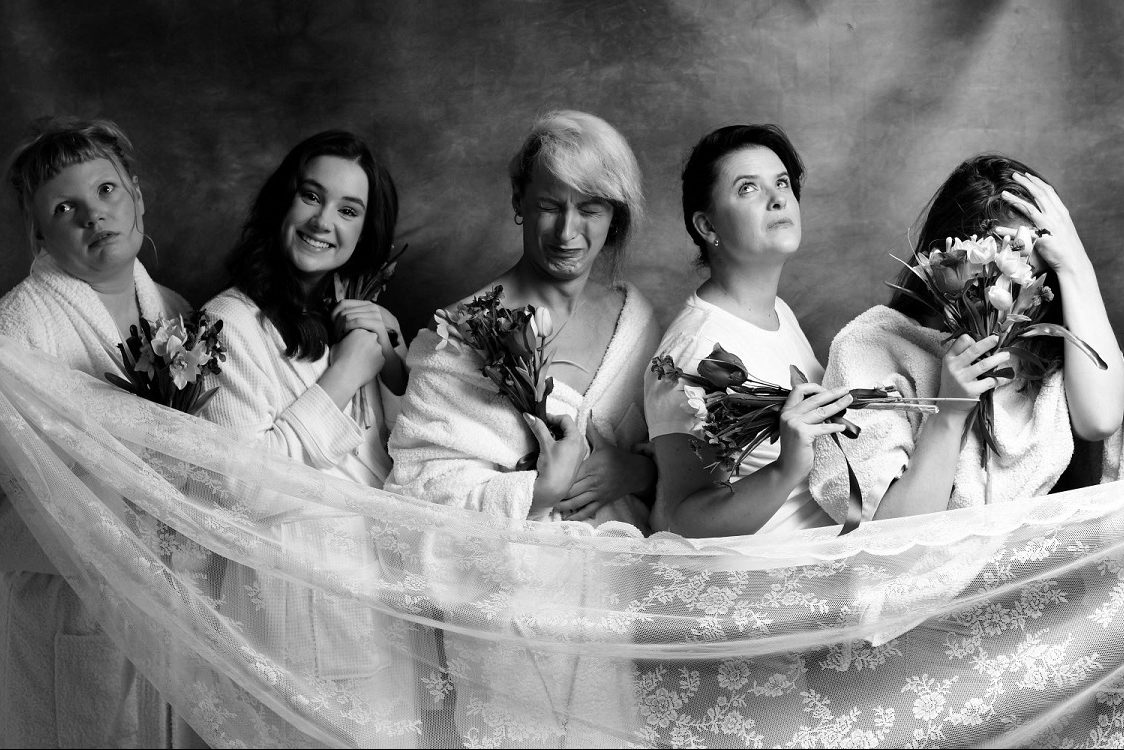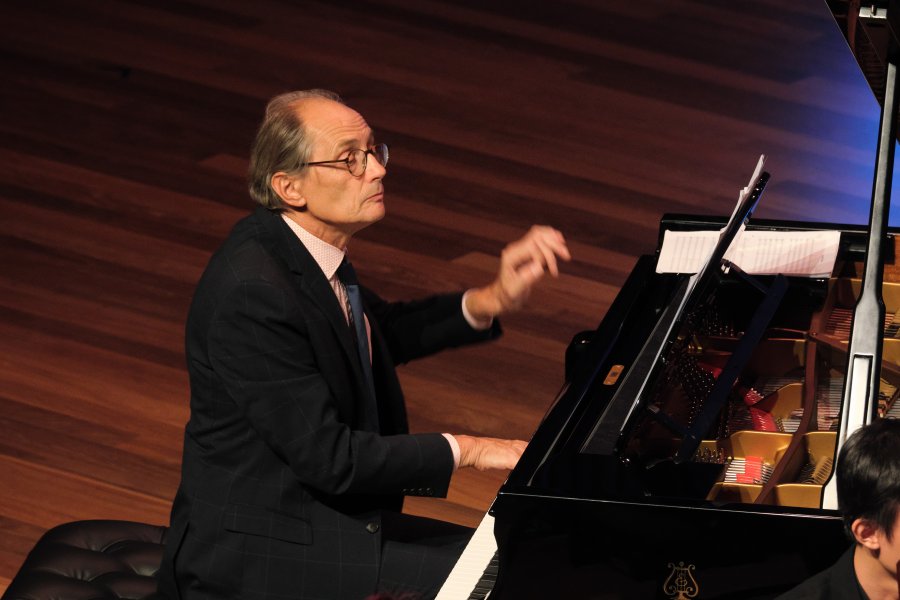
LOCAL playwright Paul Kauffman has unveiled an interesting play, based on the premise that William Shakespeare took a lover some time around 1592, when he was aged 28, who provided inspiration for many of his sonnets of love, as well as the initial idea for the story of Romeo and Juliet.
The lover, or mistress, is Emilia Bassano-Lanier, who later became the first recognised female English poet. Her life is well documented in her letters, poetry, medical records and legal records, although none of these mention an affair or relationship with Shakespeare. However, she is known to have had a knowledge of an unpublished first draft of his “Antony and Cleopatra”, as well as an understanding of the symbolic meaning of certain scenes in “A Midsummer Night’s Dream” and “The Tempest”.
More convincing is the possibility that Emilia is the “dark lady” referred to in Shakespearean sonnets 127-154, characterised by being overtly sexual in passion. Elizabethan astrologer and occultist Simon Foreman believed this. Other scholars have argued that the dark lady could be brothel-owner Black Luce, or Aline Florio – the wife of a well known Italian translator of the period.
At any rate, there is more than enough speculative fodder to come up with the good yarn presented in this play.
Strengths of the production are the excellent original music composed by David Pereira, expertly played live by himself on cello, Dr Edward Neeman on keyboard and Isabeau Hansen on flute and piccolo. The score combines the Elizabethan style, not dissimilar to composer John Dowland, with contemporary harmonies and melodic phrases. One period piece, Michael Praetorius’ “La Volta”, is reprised several times and given an unusual harmonic treatment, mixed with a traditional reading.
The Werckmeister temperament chosen for the digital harpsichord added mystique with its period tuning system, although a real harpsichord would have been so much better. Surely at the chosen venue, the ANU School of Music, there must be one? Odd. Also, treble and sopranino recorders would have been preferable to flute and piccolo.
In addition to the instrumental score, Pereira has written several songs to add period charm and advance the plot somewhat. David Pearson, playing Shakespeare, sang a convincing and beautiful rendition of “For the First Time I am Truly Alive”.
The other strength is the excellent Old-English style courtly dancing, choreographed by local Renaissance dance experts Alwyen and John Gardiner-Garden, who also supplied the authentic period costumes.
As a play, it drags and needs some rewriting and tightening up. In particular, there is a general lack of enthusiasm from the cast of four in delivery of lines and pace. Projection and diction varied from poor to acceptable. Also, from anything further back than the third row, it was hard to see what was taking place on the floor-stage.
If this is to work as a sustained production, particularly with a view to the intended parts II and III for 2019, it could be dramatically improved by being staged in-the-round, thus alleviating sight-line problems and bringing the story and the action right in front of the whole audience, who ideally should be in raked seating.
Who can be trusted?
In a world of spin and confusion, there’s never been a more important time to support independent journalism in Canberra.
If you trust our work online and want to enforce the power of independent voices, I invite you to make a small contribution.
Every dollar of support is invested back into our journalism to help keep citynews.com.au strong and free.
Thank you,
Ian Meikle, editor




Leave a Reply